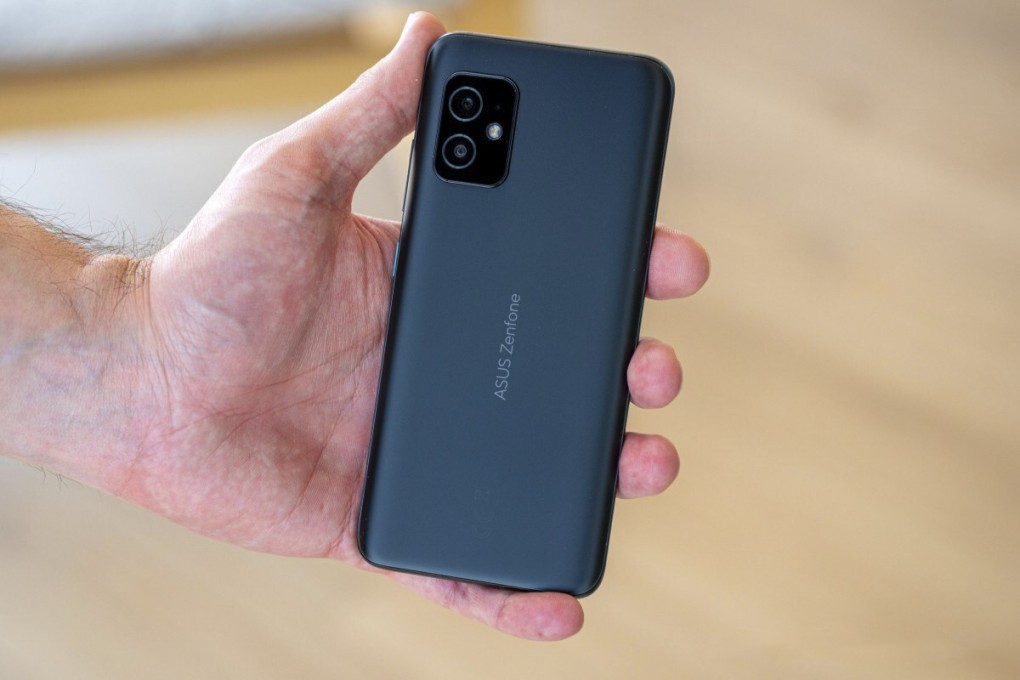Review | Asus Zenfone 8 review: 120Hz AMOLED display, 5G optional, headphone jack and notification light, all in a small package
- Despite its small size, the Zenfone 8 still has up to 256GB of memory and 6GB to 16GB of RAM, with WLAN 6 and Bluetooth 5.2 versions, and 5G also available
- However, its sensitive display constantly detects finger inputs when you’re carrying it around, so make sure to turn on pocket mode in advanced settings

If you want a really well-equipped Android smartphone these days, you often need big hands and big pockets. But what about those of us who want a phone we can use with one hand?
Enter the Zenfone 8 from Asus, a flagship smartphone kept deliberately compact.
Design and hardware
But this compact size hardly means any compromises in everyday use. This phone has everything you’d expect from a flagship in 2021: Qualcomm’s top-end Snapdragon 888 processor, up to 256GB of memory and 6GB to 16GB of RAM, depending on how much you want to pay. The latest WLAN 6 and Bluetooth 5.2 versions are also available, as is 5G.
The 5.9-inch AMOLED display makes a good impression at first glance. Everything looks sharp and richly coloured. The reason for this is the high pixel density of 446 pixels per inch at a resolution of 1,080 x 2,400 pixels.
Together with the high luminosity of 700 nits (up to 1,100 in some scenarios), HDR10+ and variable refresh rate of up to 120 hertz, this looks really good. The display also houses a blazingly fast fingerprint sensor.
There are two things the Zenfone 8 has that are now rare in premium smartphones: a headphone jack and a notification LED. What it doesn’t have: a slot for memory cards and the option of wireless charging. Asus argues that would make the phone too thick.